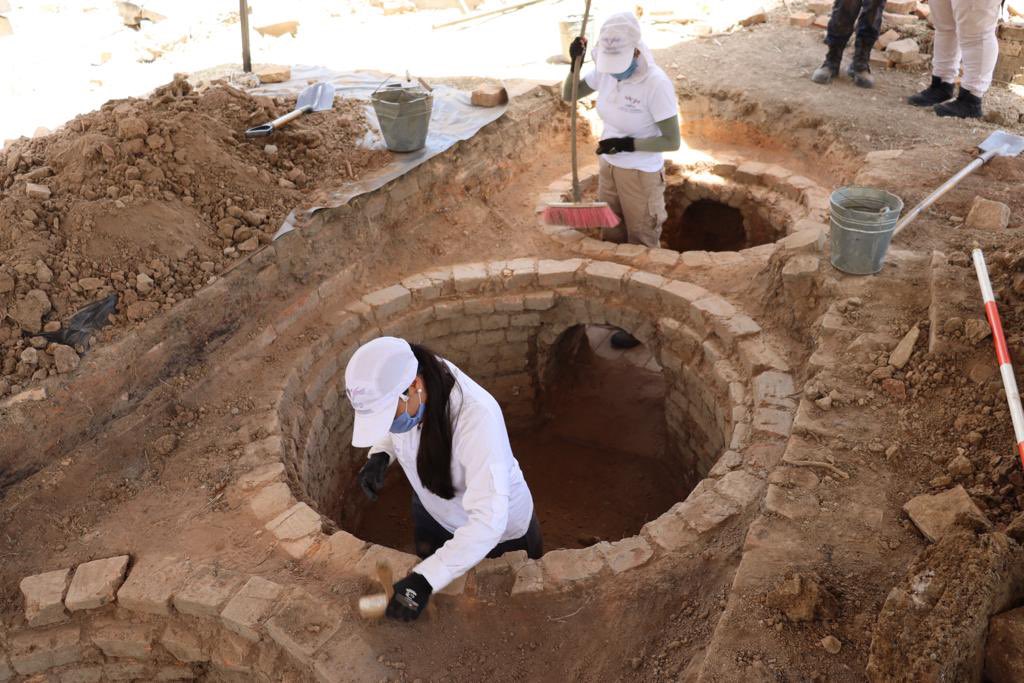
An atrocious discovery has been made in Colombia: recently, crematorium ovens used by paramilitaries to dispose of their victims were found in the Norte de Santander region. The Unidad de Búsqueda de Personas Desaparecidas (UBDP), a Colombian government agency dedicated to locating individuals who were forcibly disappeared during the internal armed conflict, made this discovery.
The first ovens were discovered in May in the municipality of Villa del Rosario in the Norte de Santander department, an area near the border with Venezuela, across the Táchira River. It all began with the confession of Salvatore Mancuso, a former leader of the United Self-Defense Forces of Colombia (AUC), an illegal paramilitary armed organization that was demobilized in 2006. Mancuso provided details about the existence of these ovens in a specific region of the country during his testimony before the Special Jurisdiction for Peace (JEP).
A Horrifying Scene to Uncover the Truth
Following this initial discovery, the UBDP located other ovens used by the now-defunct AUC, based on Mancuso’s revelations, in another nearby area within the same municipality of Norte de Santander. During an event organized by the Colombian Ministry of Foreign Affairs involving relatives of AUC victims, these crematory ovens were visited. According to the confessions of their former leader, paramilitaries used them to dispose of hundreds of bodies, victims of their crimes.
The ovens were excavated in the ground, circular containers capable of reaching high temperatures to destroy corpses. UBDP units remain in the area, investigating the existence of human bone remains to compare them with individuals officially declared as disappeared.
On-Site Reconstruction
After the significant discovery by UBDP, the agency decided to initiate the reconstruction of the site, similar to what had been done in a nearby location with excavations that lasted for three months. The objective is to uncover whether these ruins, which initially appeared to be an old sugarcane processing mill to produce panela, had been used for the incineration of human bodies.
The space included the participation of the Progresar Foundation, the departmental victims’ table, and Marlon Ayrton Sánchez, a forensic anthropologist from the UBDP and leader of the commission that coordinated the visit, to explain to the families why they had chosen to dedicate so much time to excavation work in these ovens.
“The information allows us to infer that these constructions were possibly used by an armed group to incinerate bodies. What we are doing here is trying to reconstruct the areas where bodies were presumably placed to be subjected to high temperatures and document the possibility that evidence of this may still exist,” explained Sánchez, the expert forensic anthropologist.
Awaiting Results
UBDP experts are convinced that this second excavation has a high likelihood of providing documented information about the criminal use of the ovens.
“The forensic archaeology work will go hand in hand with reconstructing how the sugarcane mill operated and documenting any possible findings that may correspond to contexts of body disposal,” said the leader of the commission dispatched to the region.
For now, everything that Mancuso described has been physically found on-site, and the experts working in the region hope to find decisive evidence to confirm the former paramilitary leader’s information. Mancuso is currently in prison and cooperating with justice in the clarification of one of the darkest periods in the country’s history.
Testimonies Confirm the Criminal Use of the Ovens
In this regard, and confirming what Salvatore Mancuso had already stated—he personally ordered the disappearance of the bodies—recently, there was testimony from adult film actress Amaranta Hank.
Hank explained that her father worked as a mason in the area and was involved in the construction work during the paramilitary era. “My dad was a mason. He once told me that he was working up there, fixing some cabins and ovens. Upstairs was the paramilitary zone, the cabins were for the commanders’ use, and the ovens were the same ones that Mancuso mentioned,” said the actress.
“I think that in those ovens my friends and his friends were burned. Dad couldn’t have refused that job because no one could say no to them at the time. Back then, nobody thought what was happening upstairs was wrong; it was our everyday life, and we couldn’t do anything but live with it.”
See all the latest news from Colombia and the world at ColombiaOne.com. Contact our newsroom to report an update or send your story, photos and videos. Follow Colombia One on Google News, Facebook, Instagram, and subscribe here to our newsletter.

